Delays to secure schools condemn vulnerable children to unsafe conditions, say MPs

The Public Accounts Committee calls for action to protect vulnerable children who continue to be held in unsafe conditions as a result of failures by the Ministry of Justice and Her Majesty’s Prison and Probation Service to provide suitable provision.
The PAC’s report finds that the closure of secure training centres (STCs) and delays to opening new secure schools means many children receive “substandard care” with concerns that highly vulnerable girls are among those failed by custody provision.
MPs are “unconvinced” by the commitment of the Ministry and HMPPS to deliver the vision of the Taylor Review for smaller, local and educationally focused schools. Despite the Ministry having accepted the need for secure schools more than seven years ago, the first is unlikely to open before February 2024.
The report notes that the current estate operated by the Ministry and HMPPS is totally unsuited to meeting the complex needs of children in custody. This echoes the recent MacAlister review which found Youth Offender Institutions and STCs to be “wholly unsuitable” for accommodating children in the criminal justice system.
In April 2022, 432 children between 10 and 17-years old were held in custody in the UK. Children from ethnic minority backgrounds and those with mental health or learning disabilities were overrepresented. The number of children in custody is expected to more than double by 2024.
Dame Meg Hillier MP, Chair of the Public Accounts Committee, said:
“The government faces the double disaster of a growing number of children being held in custody while delays and spiralling costs jeopardise what were promised to be safe, secure facilities.
“Secure schools were heralded as the solution for the youngest and most vulnerable in custody. It’s time for the Department to get a grip on the programme it announced its support for seven years ago.
“We urge the government to understand the impact that custody has on children, particularly those held in unsafe conditions or those receiving substandard care.
“It is clear that the government lacks a coherent strategy for youth custody which must have at its heart the need to reduce the number of children entering the criminal justice system and providing sufficient safeguards for those that do.”
Report conclusions and recommendations:
1. Current youth custody provision is inadequate for many vulnerable children’s needs, with particular concern over STCs.
Since 2017 the quality of STC provision has deteriorated, with only one STC remaining open. A shrinking provider market for STCs and significant issues in leadership and staffing contributed to their poor performance, as well as the increasing complexity of the children placed there. Meanwhile, the first secure school is not yet complete. Following STC closures, many children have been moved to YOIs, although HMPPS’s placement guidance deems YOIs less suitable for more vulnerable children. Children in custody cover a wide range of demographics by gender, disability, and ethnicity – each with different challenges and requirements. Girls represented just 3% of children in custody in the year ending March 2021, but they are some of the most vulnerable children. HMPPS opened a specialist unit (the Keppel Unit) at HMYOI Wetherby to accommodate girls at short notice when Rainsbrook STC closed. Although it acknowledges that this provision is maturing, it continues to place girls in the Keppel Unit while working to improve provision there. HMPPS monitors data on the characteristics of children in custody but does not assess whether the custodial settings can meet their various, and often complex, needs.
Recommendation: In its Treasury Minute response, the Ministry and HMPPS should set out how they will monitor and measure whether it is meeting the diverse needs of vulnerable children in its estate, including – girls, children with disabilities and special educational needs, and children with other protected characteristics.
2. The Ministry and HMPPS do not have a coherent strategy for improving outcomes for children in custody or to meet the expected increase in demand for places.
The number of children in custody is expected to more than double by 2024 and there is a risk that the Ministry and HMPPS will not have appropriate accommodation for some children’s needs. The Ministry has a vision to be more outcomes-led to drive up standards and performance, with £60 million committed to the Turnaround programme focused on early intervention. Realising its vision will require joint working, including with other central government departments and local authority youth offending teams. Yet the Ministry does not have an overall strategy for youth justice. To help realise its vision, the Ministry is intending to develop provision for children in various ways, including by improving YOI and STC provision, trialling a secure school as a ‘pathfinder’, and possibly by reopening Rainsbrook STC. But the Ministry and HMPPS are focusing their efforts on these individual projects, without a clear and convincing overall strategy.
Recommendation: The Ministry should set out clearly its strategy to improve outcomes for children through early intervention and improvements to the youth custodial estate.
3. We are concerned that too many children are being held many miles away from home.
The number of children in custody has reduced by 73% in the decade to 2021–22 (from 2,040 to 560 children), and we acknowledge that it is very hard to offer enough local provision with such a small cohort. But HMPPS predicts the number of children in custody to double soon, and location is important so children can be near to their families and local connections. One ambition for secure schools was to have small, local provision, with children being housed closed to home. The Ministry originally planned to trial one secure school in the South East and one in the North West because of the rates of reoffending in these areas and a lack of provision in the North West. Currently it only has plans for one secure school in the South East. While HMPPS is reviewing where there is demand geographically, it does not have immediate plans to create new establishments to fill gaps in provision, making it harder for children in custody to maintain important family connections.
Recommendation: The Ministry / HMPPS should set out how they will provide an appropriate level of properly managed capacity in the system, to ensure that children can be placed in the right type of provision closer to home than is currently possible.
4. The first secure school has not yet opened, more than six years after it was recommended, and costs have spiralled.
Originally HMPPS planned for the secure school to open by autumn 2020, but it now aims to open the first secure school at the former Medway STC site in November 2023. It has also added a further three months of contingency into the new timetable so now it may not open until February 2024. This is more than seven years after the Taylor Review was published. The delay is partly because the Ministry failed to recognise, at the start, the need to pass legislation to permit a secure school to be run by a charity. The Ministry originally estimated it would cost £4.9 million to refurbish and convert the former Medway STC site to a secure school, but having developed its understanding of the requirements, it now estimates that it will cost £40 million. This is the same as its initial capital cost estimate for building a brand new secure school. The Ministry accepts that its original estimate was significantly insufficient and accepts that it should have done more due diligence to understand the requirements for secure children’s home registration.
Recommendation: The Ministry and HMPPS should provide assurance that they now have firm control over the remaining timetable and costs to delivering the first secure school. They should also provide an update to the Committee on progress against the timetable in six months’ time.
5. The Ministry and HMPPS are relying on a provider to deliver the new secure school model, but the approach they are taking is untested and there are insufficient safeguards in place.
The Ministry and HMPPS appointed a provider, Oasis Charitable Trust (Oasis), in July 2019 although Oasis has not previously provided secure accommodation for children. It was only following discussions with the Charity Commission that HMPPS later realised legislation was needed to allow a charity to run a secure school. HMPPS intends to move away from contracting and instead work in partnership with the provider to deliver the secure school. It will use a Funding Agreement, rather than a contract, to manage the provider. But it is still working out the essential details of this arrangement, including how it will incentivise the provider to accept the wide range of children that HMPPS would like it to accept, and how it would manage underperformance.
Recommendation: The Ministry / HMPPS should set out how the Funding Agreement will incentivise the secure school provider to deliver high-quality care for all children in custody, including how they would manage underperformance or children being refused a place.
6. The Ministry and HMPPS do not know what works in terms of early intervention and custodial provision for children.
The Ministry wants to focus on intervening earlier to deliver better outcomes for children. But it does not yet understand the most effective ways to divert children away from entering the youth justice system, such as through community resolutions. Meanwhile, it plans to conduct an evaluation of the first secure school as a ‘pathfinder’, to feed into scoping a second secure school in 2022. But it has yet to develop the evaluation plan or secure the funding for this. The Ministry is also focused on developing and improving YOI provision, despite recent criticism in The independent review of children’s social care that YOIs and STCs are “wholly unsuitable” for accommodating children in the criminal justice system. HMPPS intends to keep the Keppel Unit at HMYOI Wetherby in the medium-term (for 24 months) while it opens the first secure school and considers the future of STC provision. But it only plans to evaluate it at the end of the 24-month period.
Recommendation: The Ministry and HMPPS should set out their evaluation strategy for youth custodial provision, including their specific evaluation plans for the Keppel Unit at HMYOI Wetherby and the first secure school.




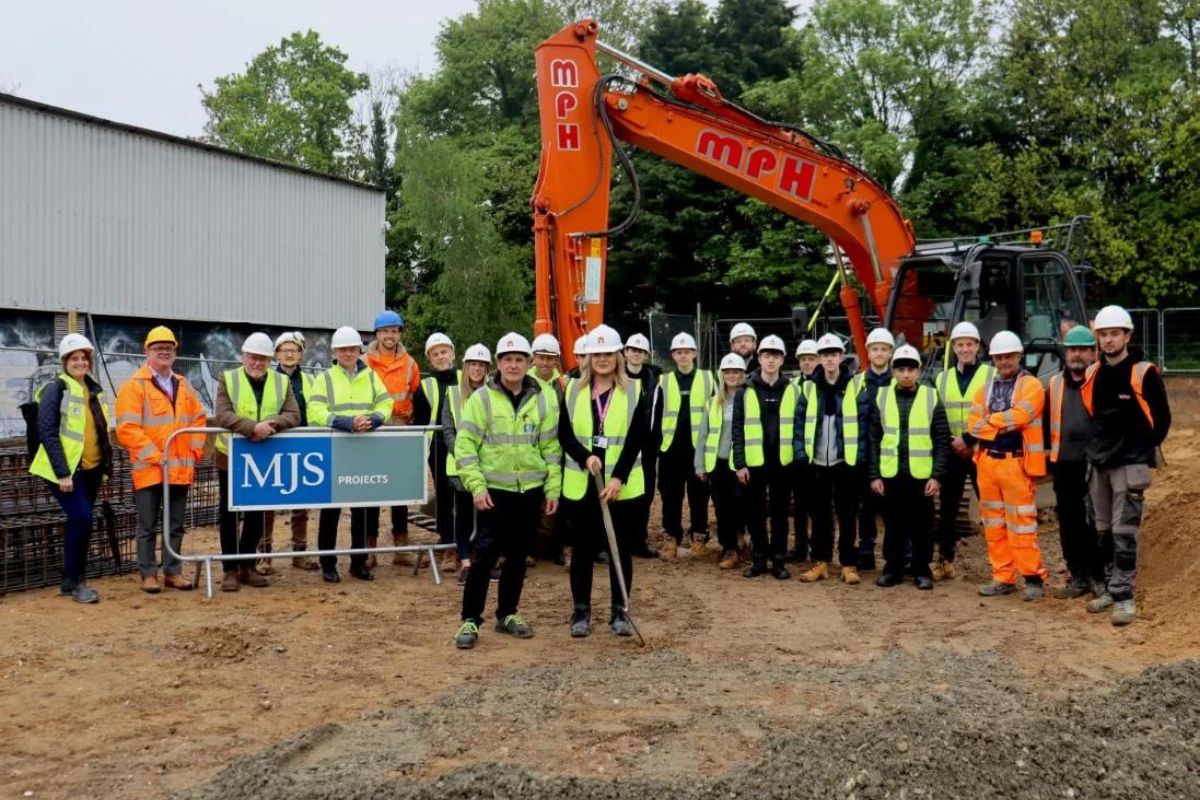
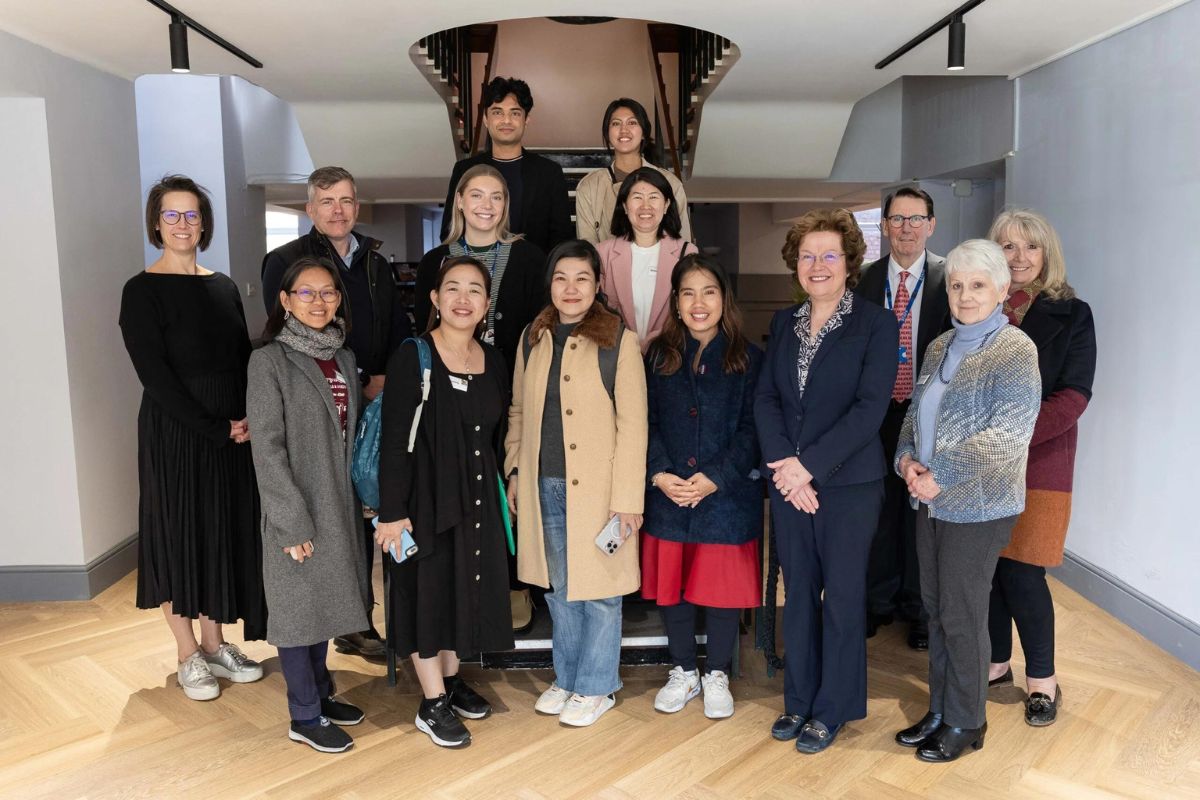
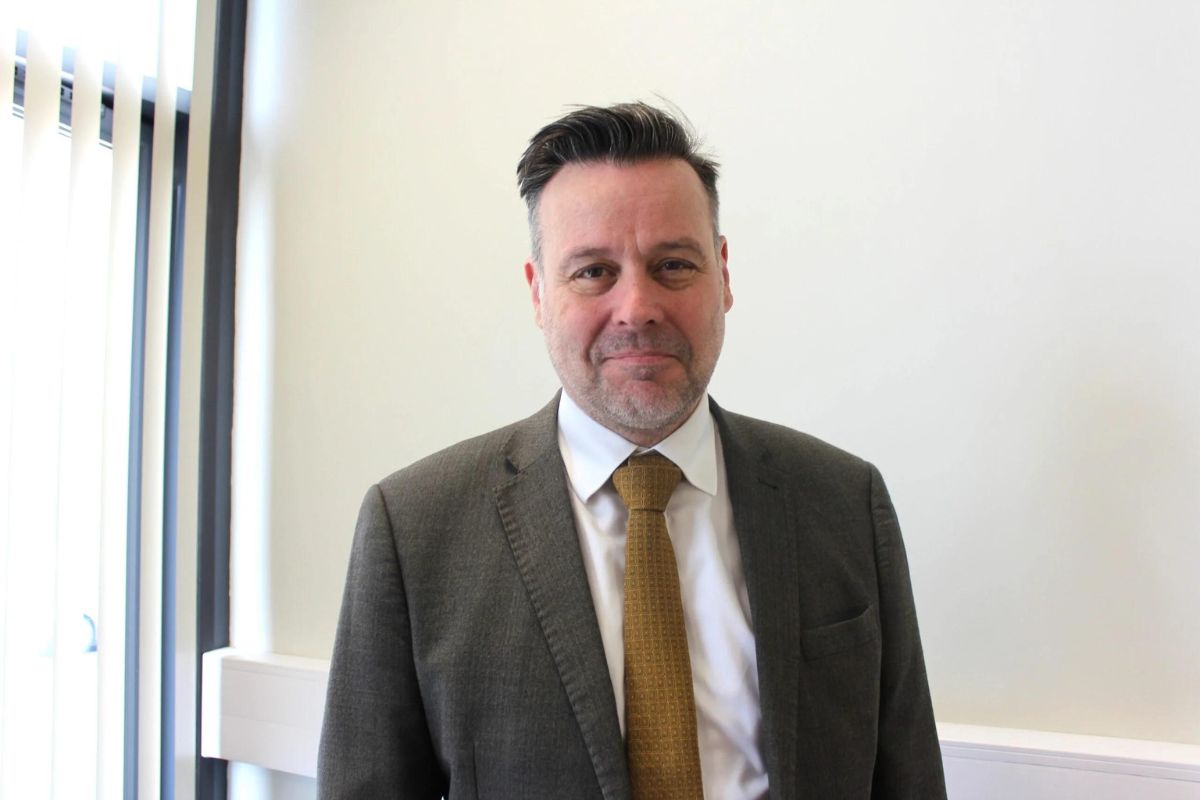
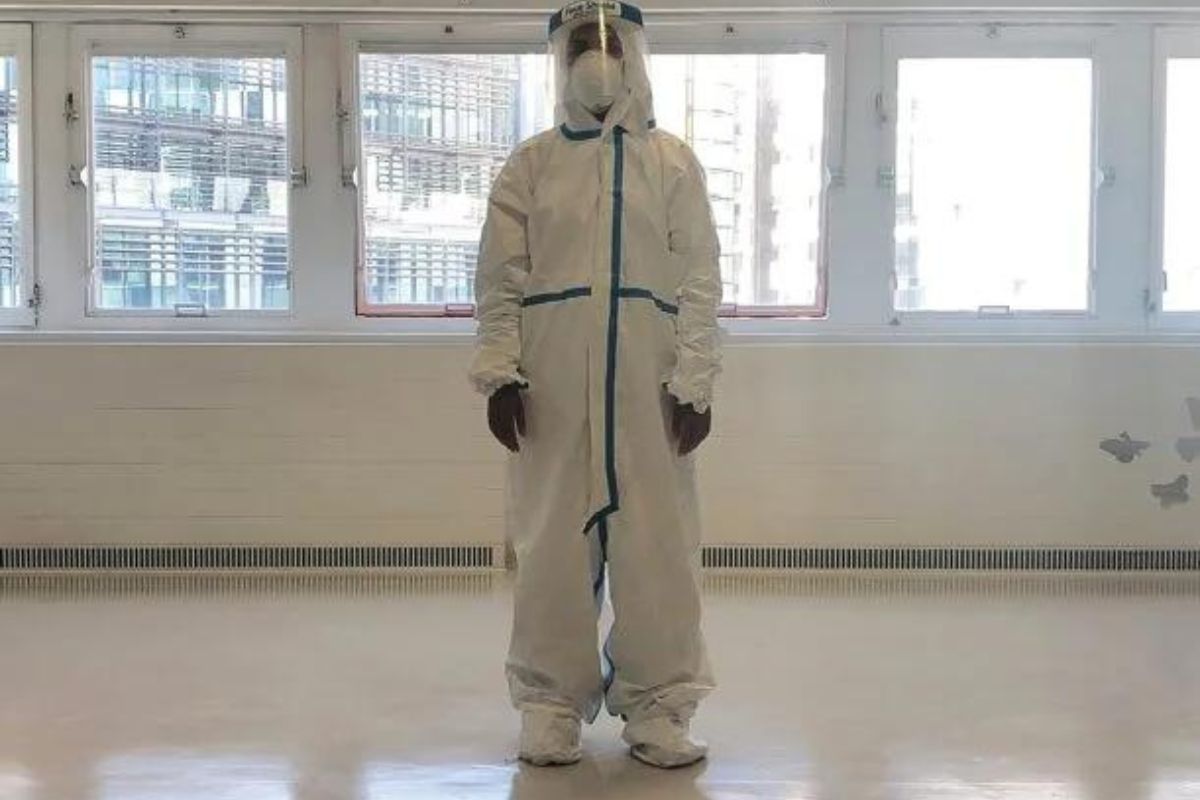

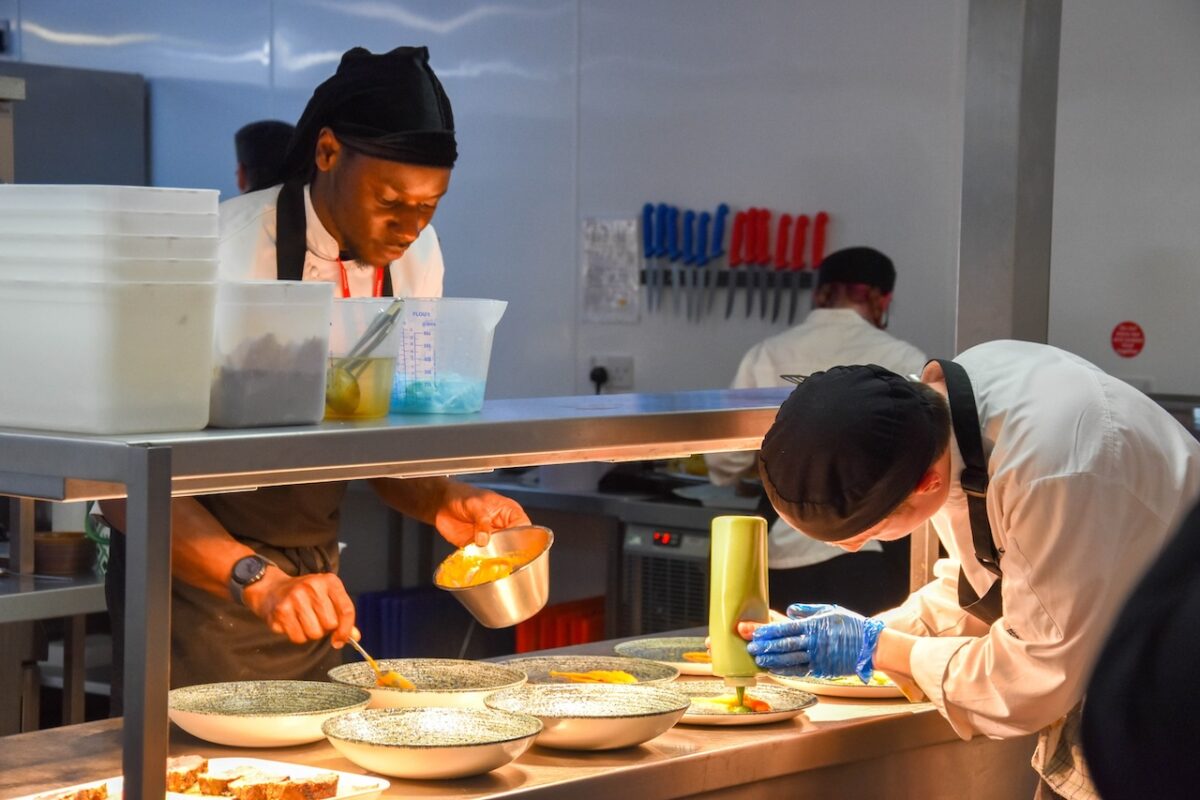

Responses